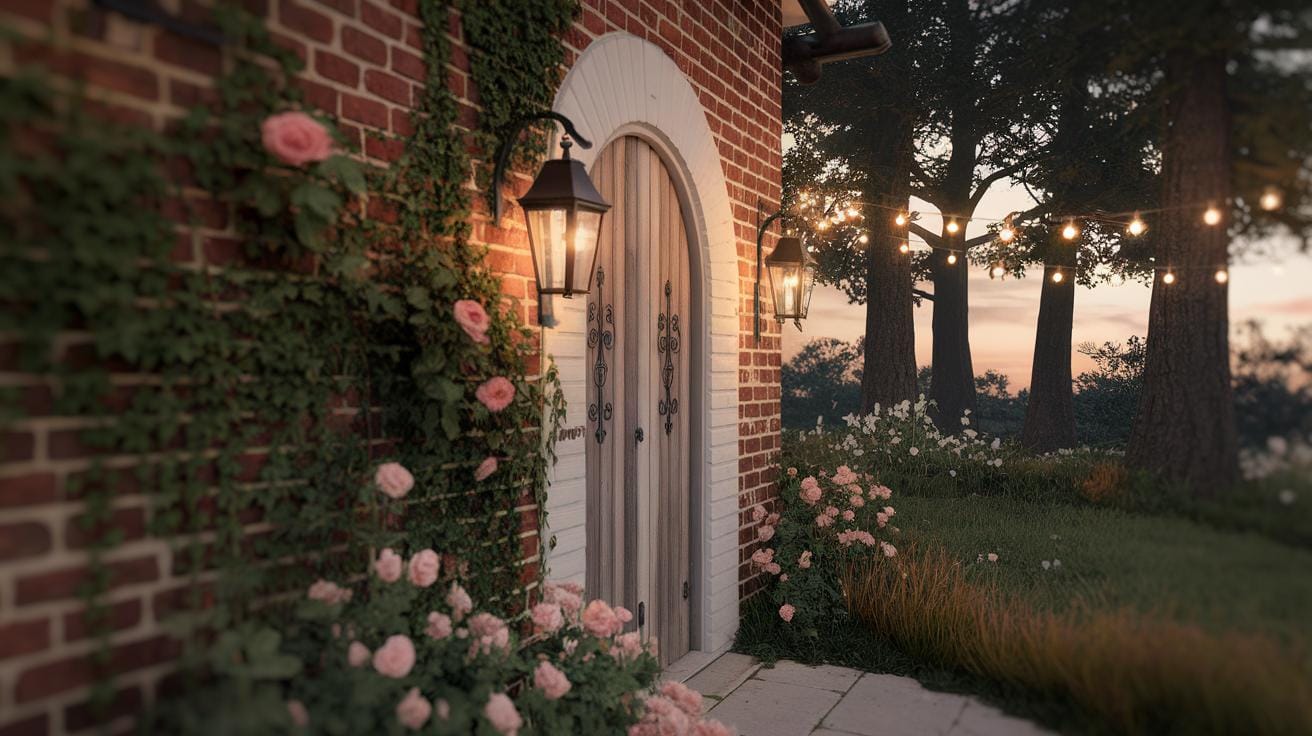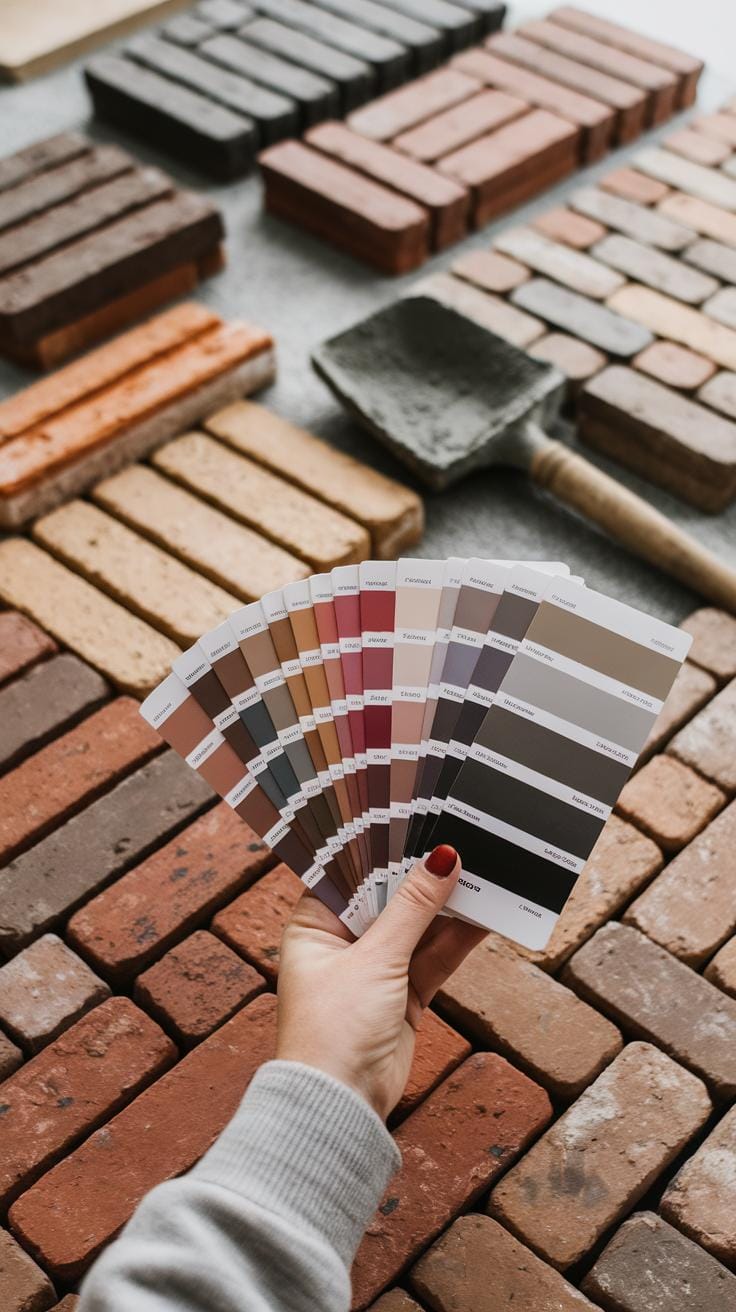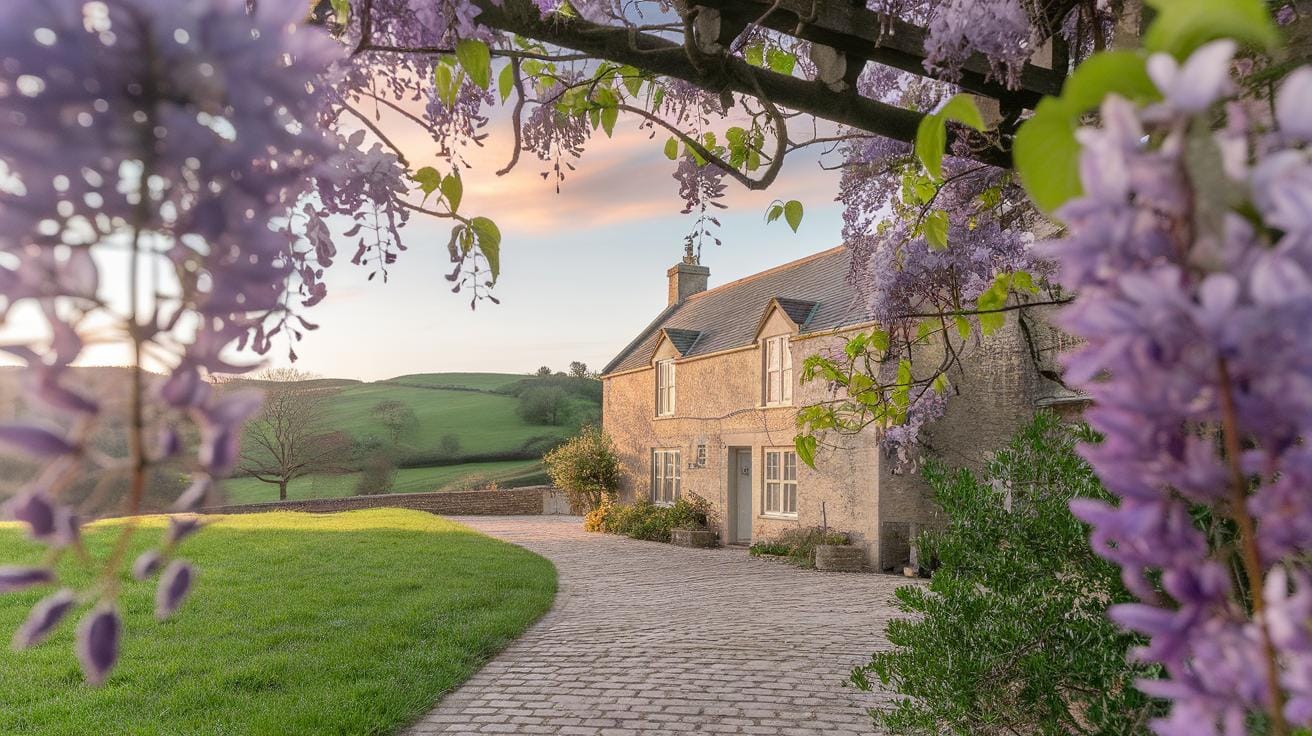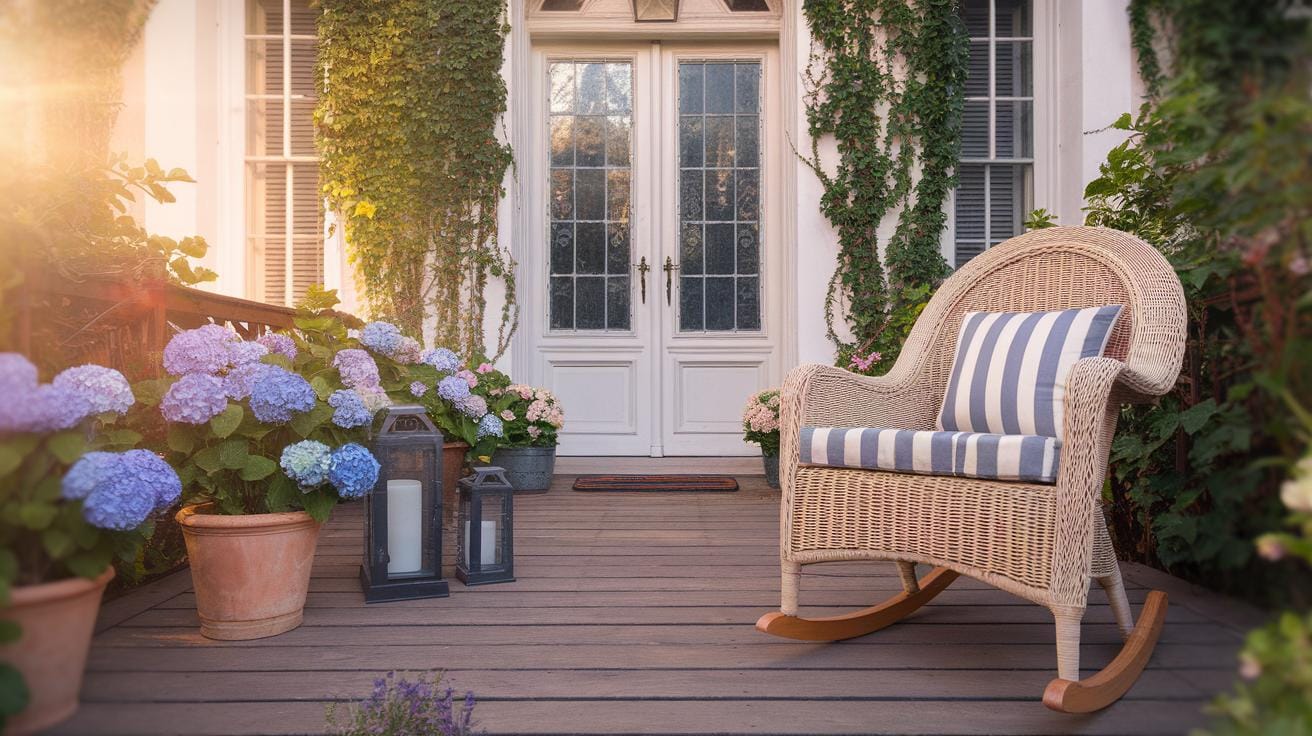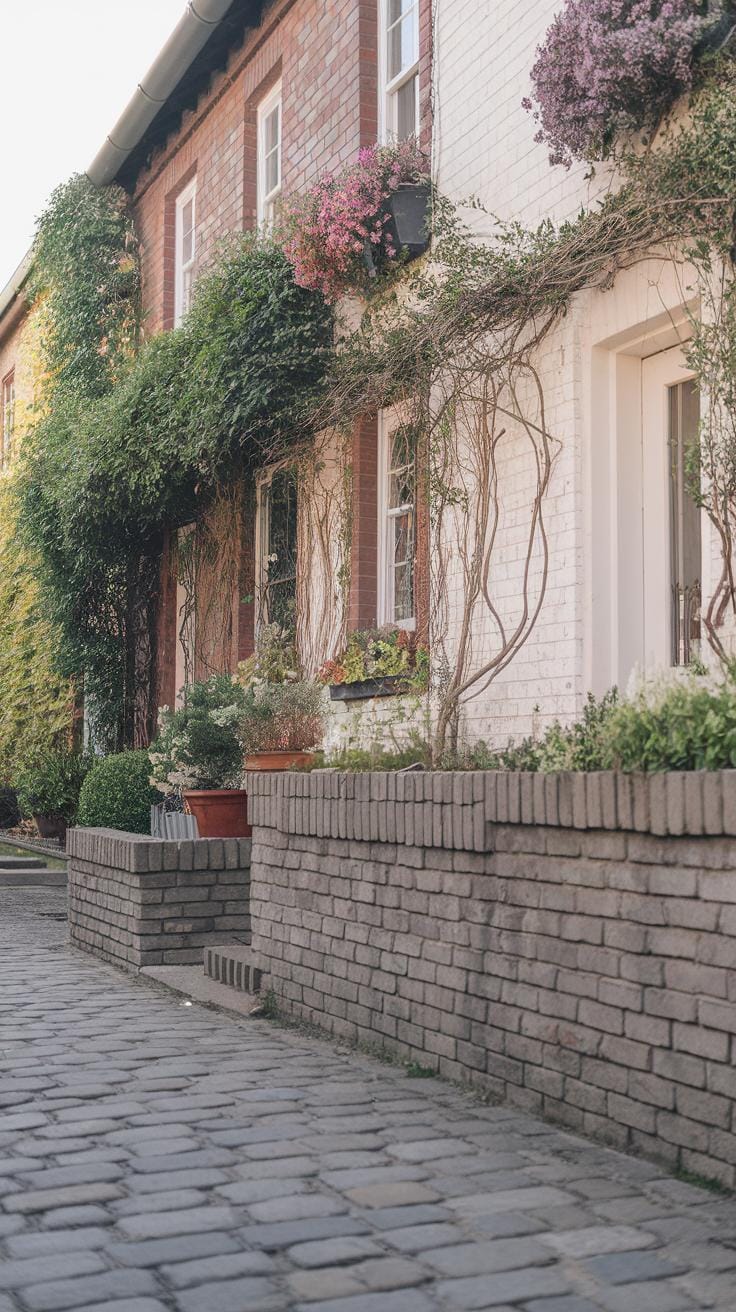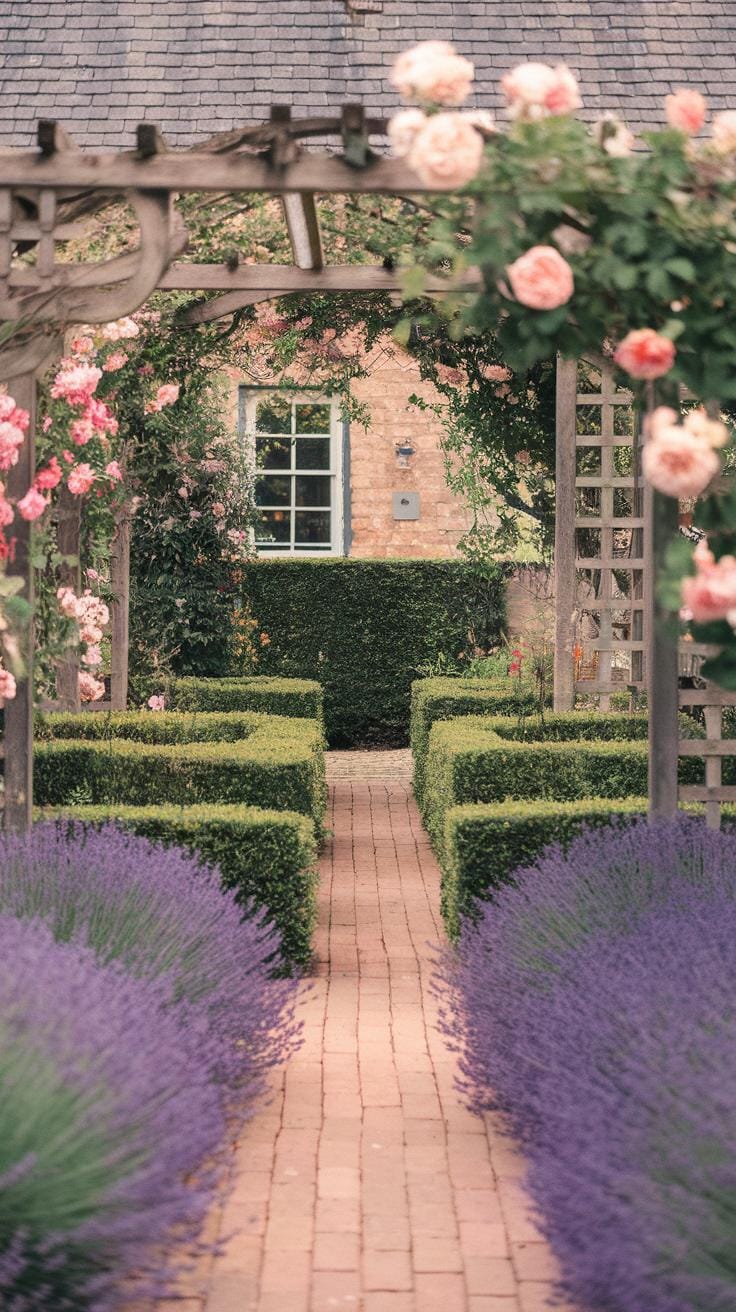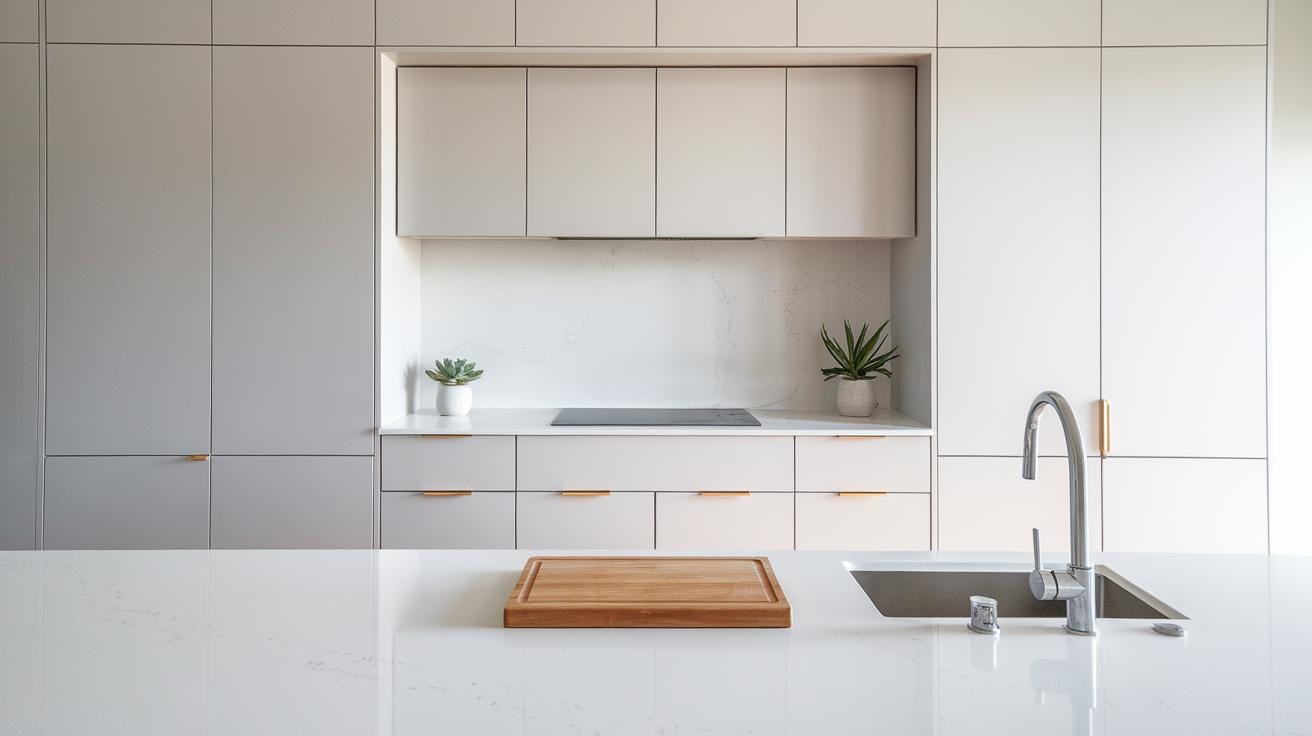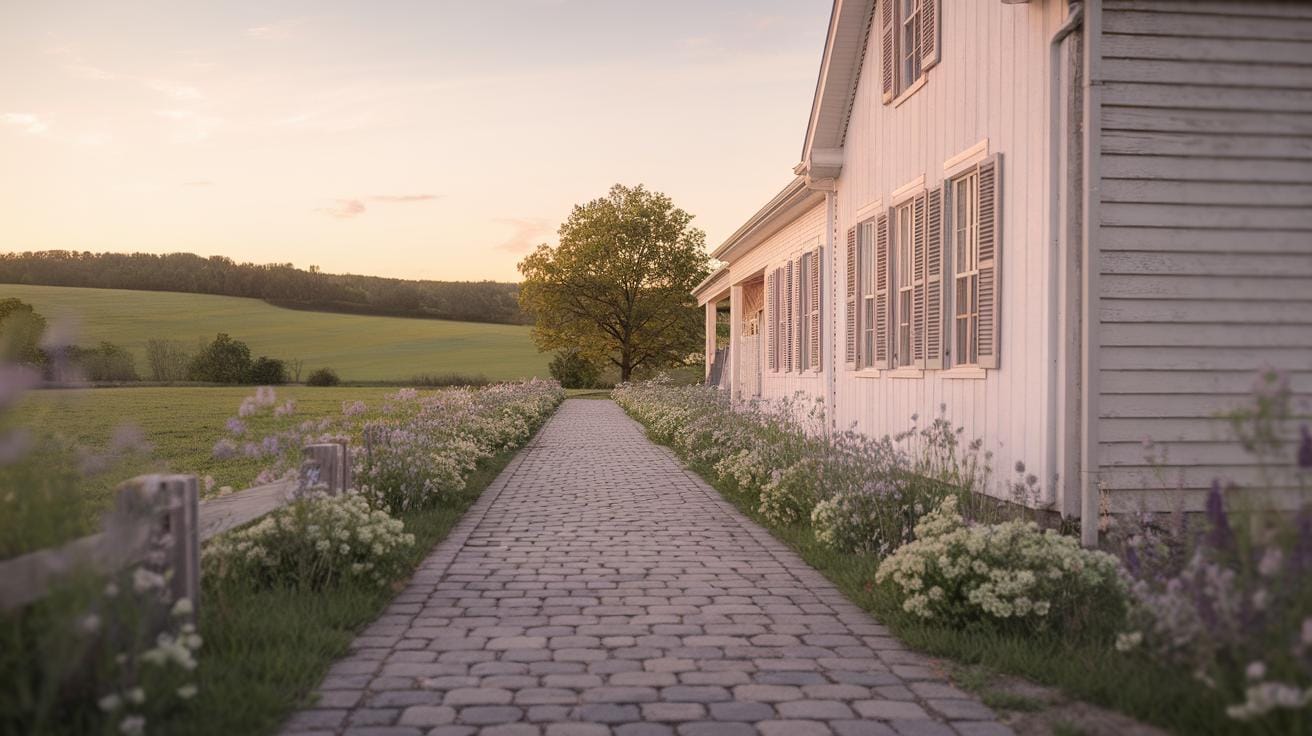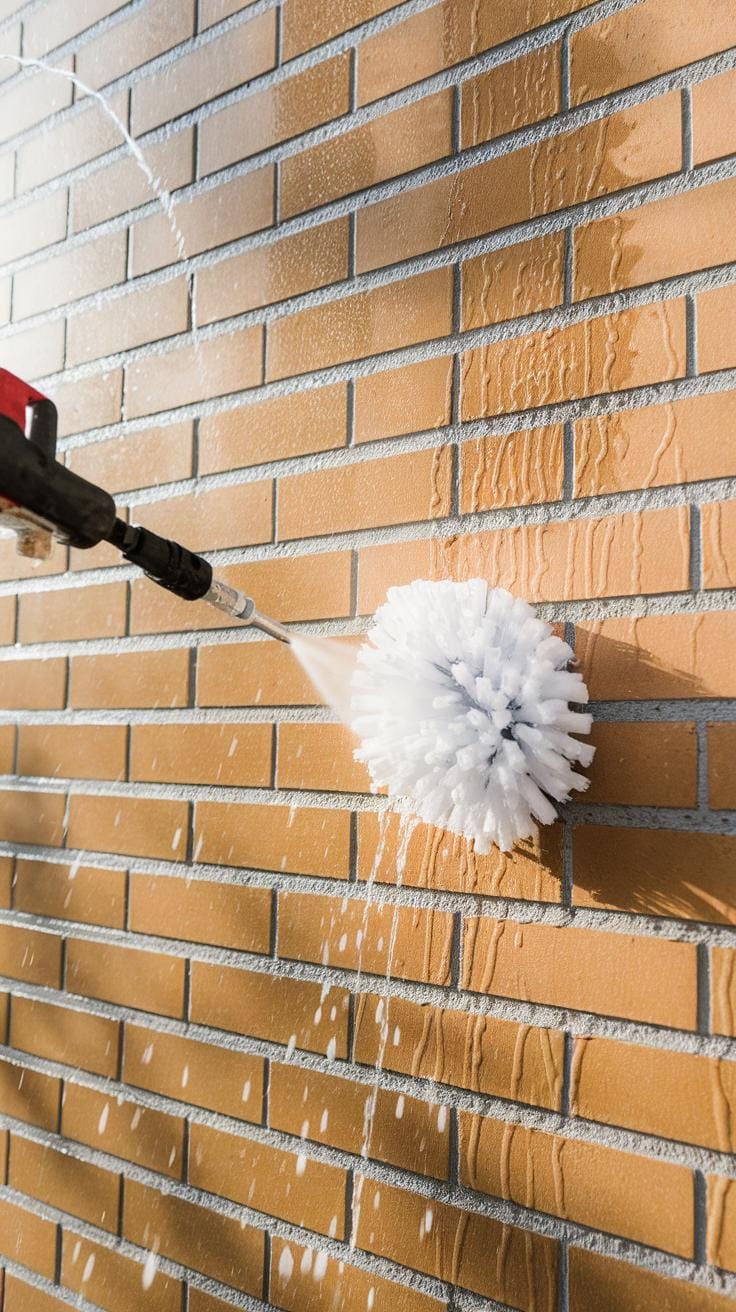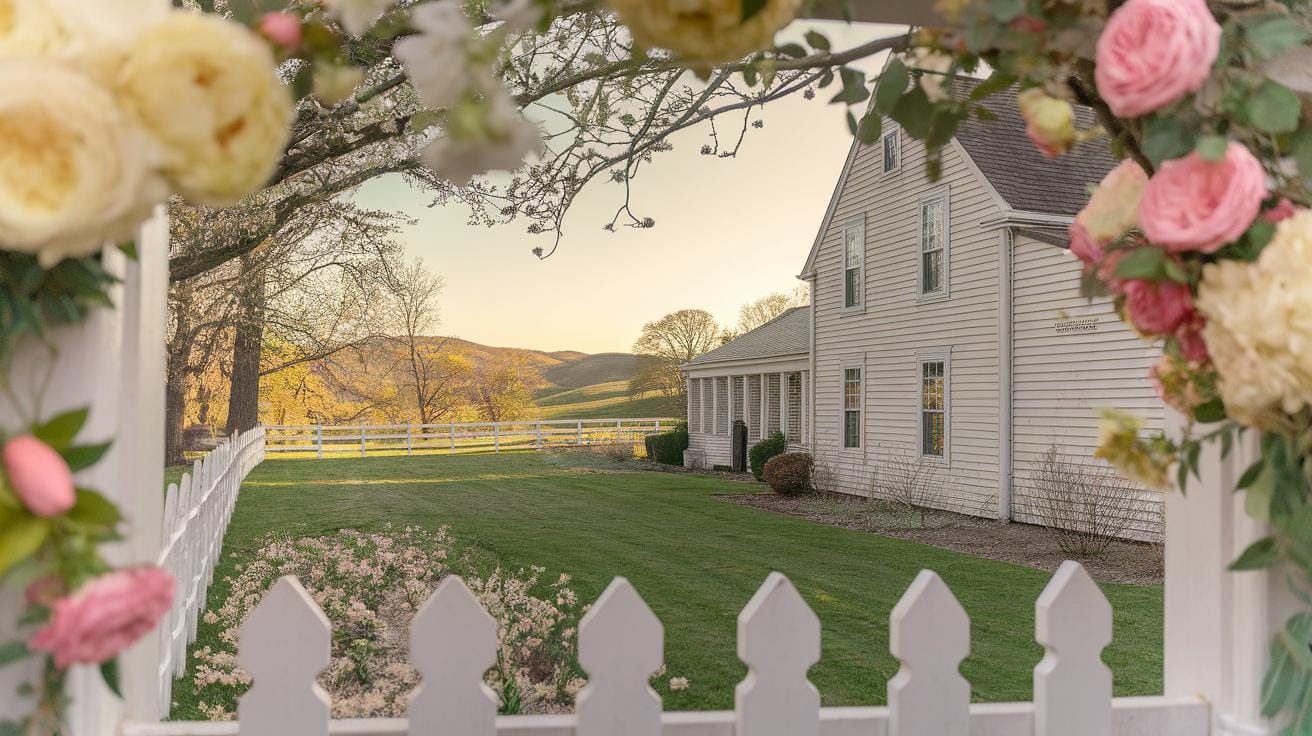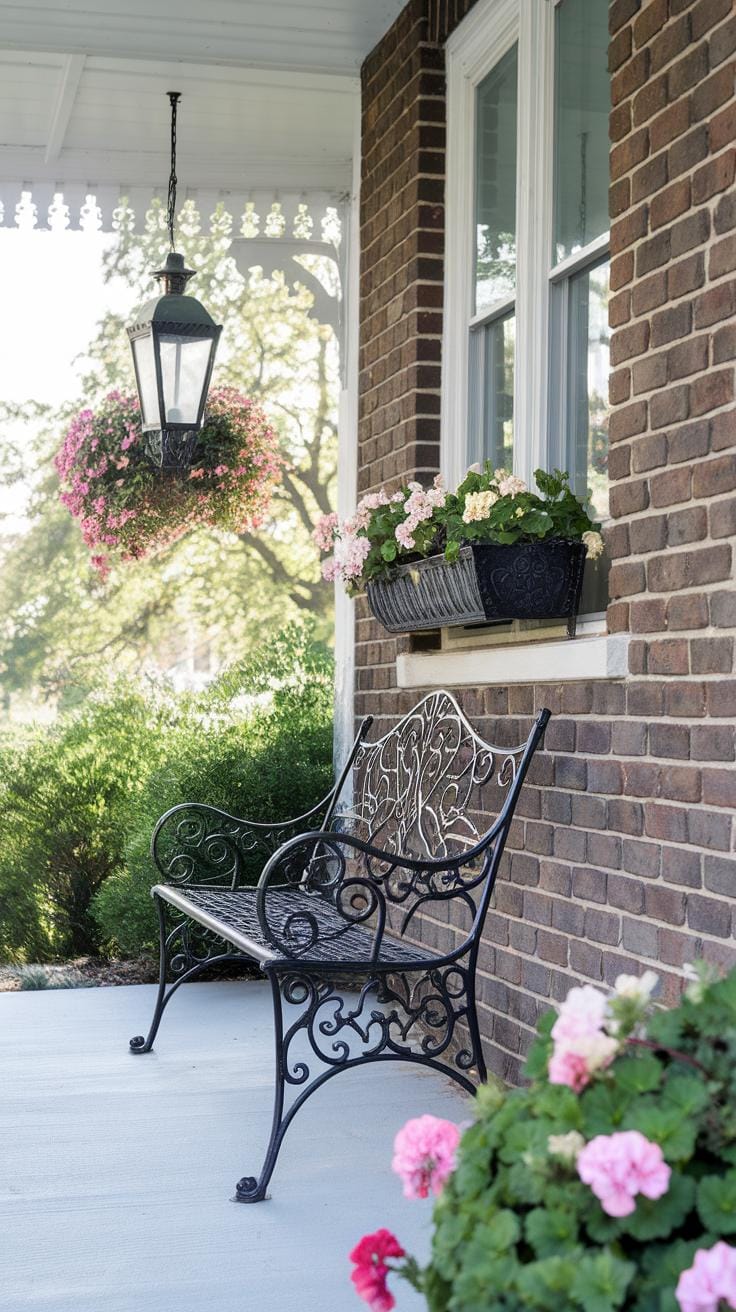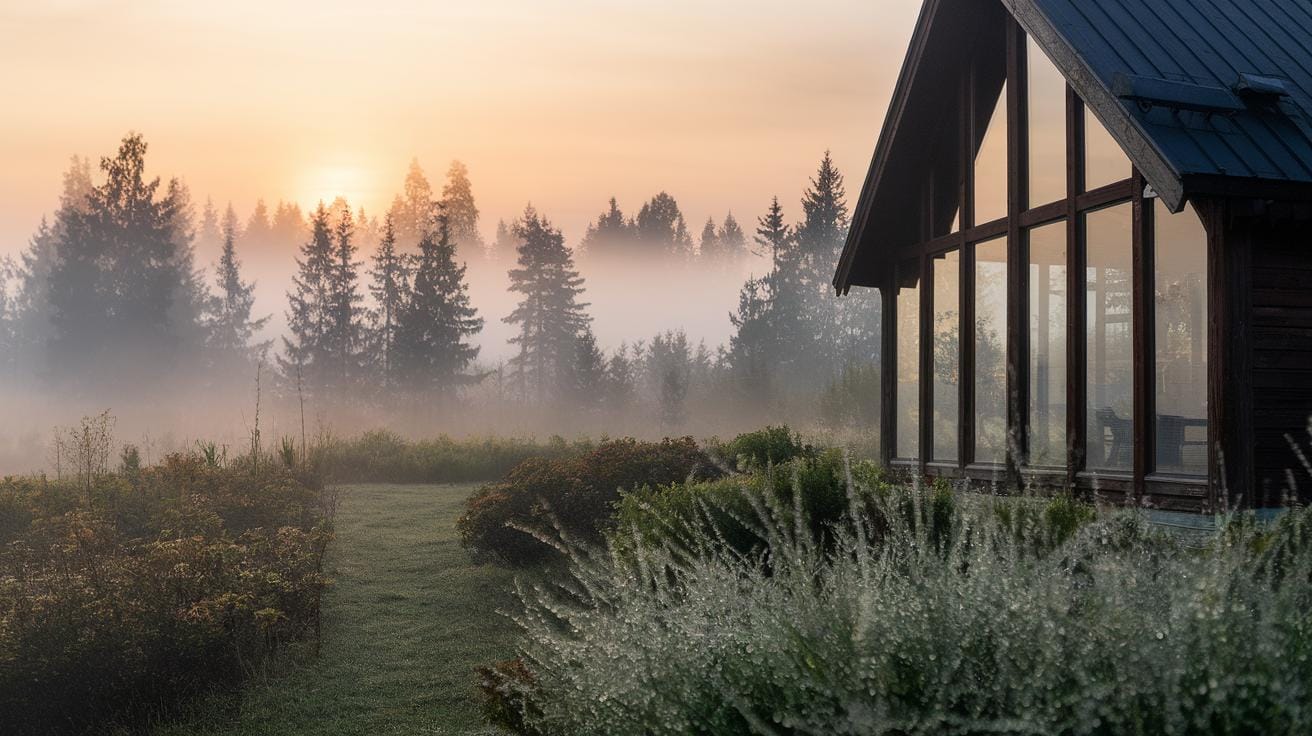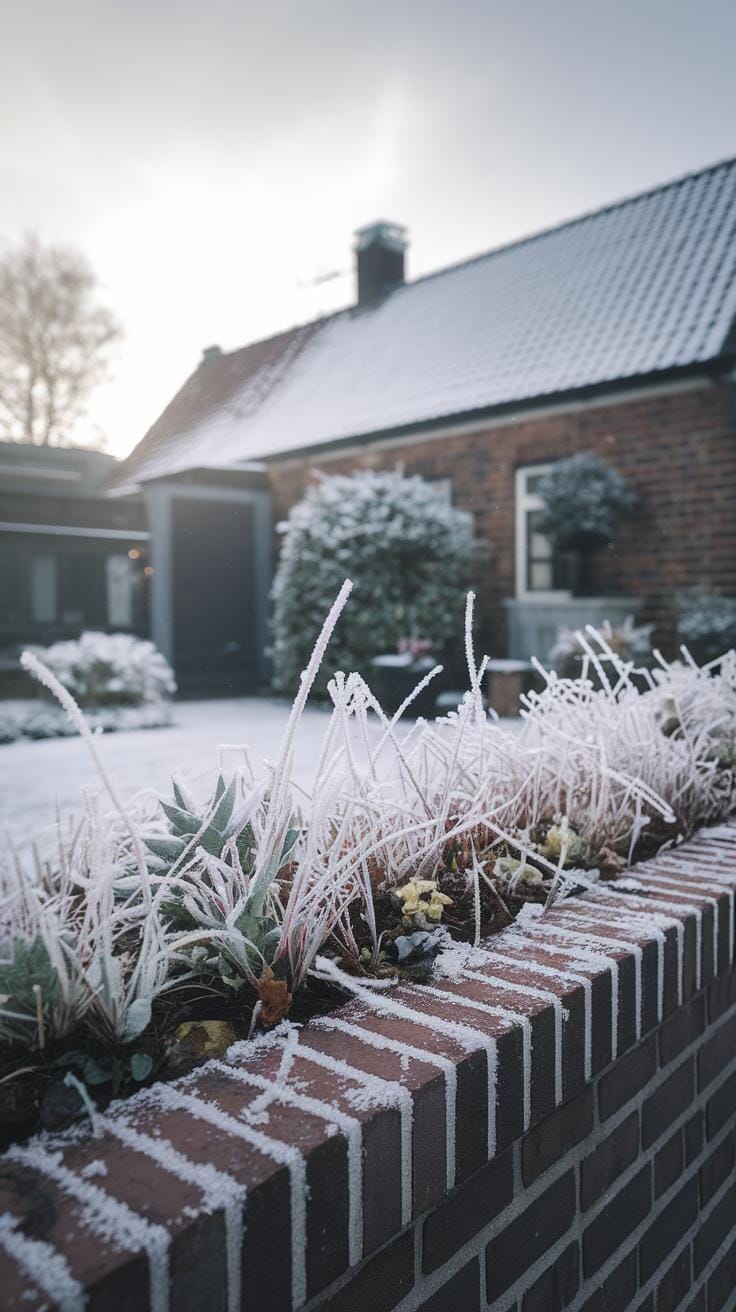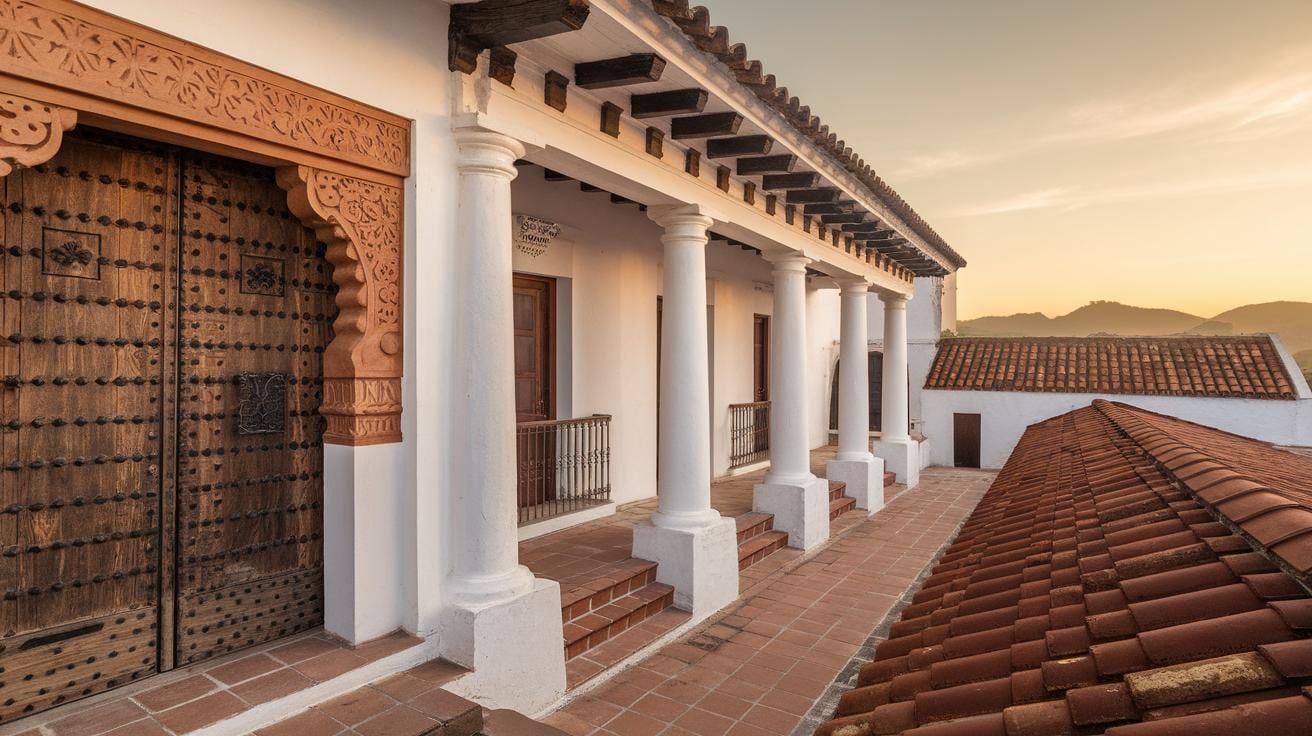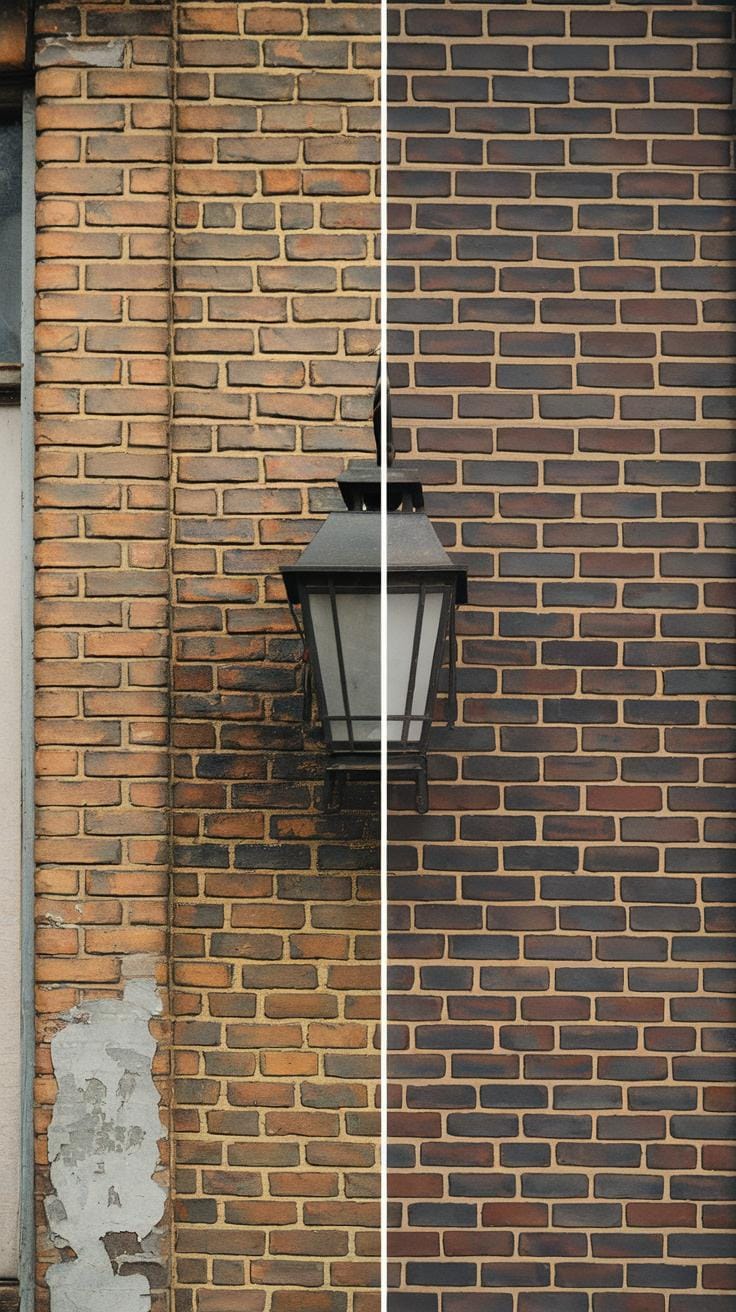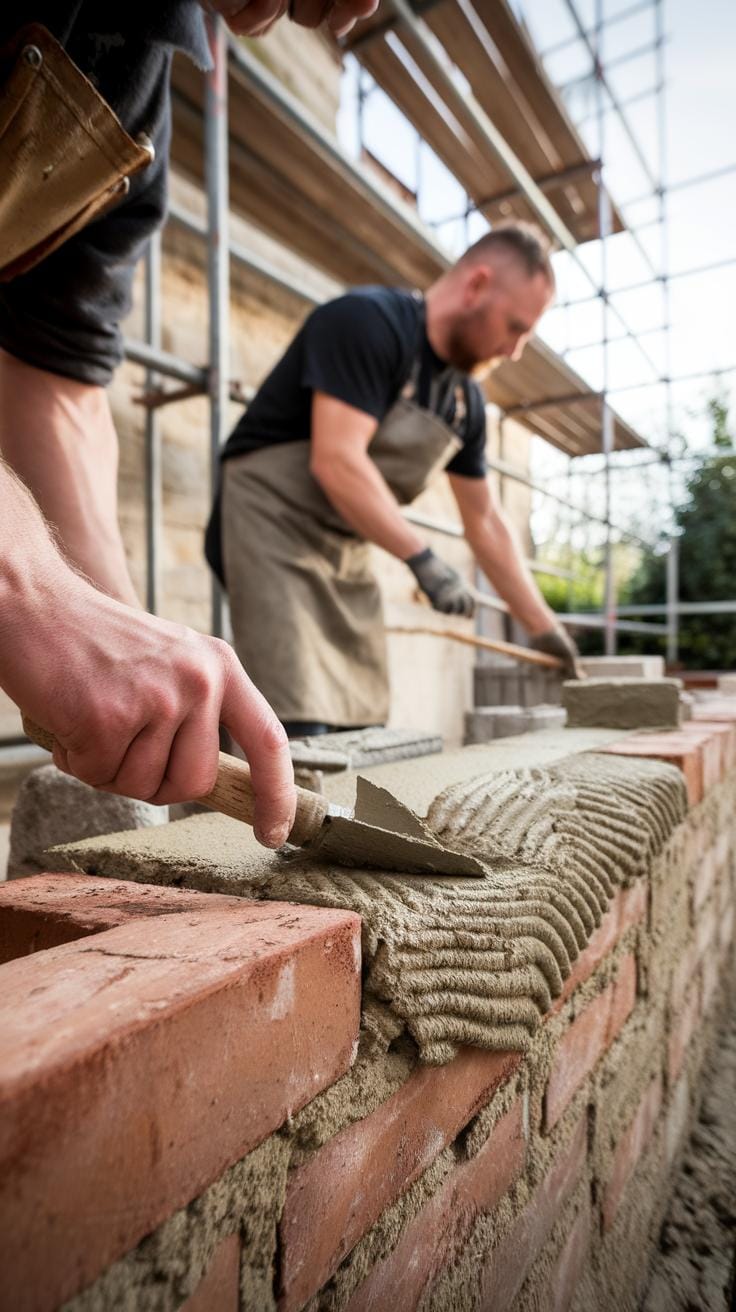Introduction
Brick cottages embody a unique blend of simplicity and strength, offering a sturdy and attractive home that withstands time. With their classic look, brick exteriors provide lasting value while requiring minimal maintenance compared to other materials. Understanding how to enhance and care for your brick cottage exterior ensures your home remains welcoming and visually appealing for years to come.
Choosing the right brick design and maintenance strategy supports the charm of your cottage while boosting curb appeal. This article covers practical tips and ideas for your brick cottage exterior, including color schemes, landscaping, repair, and seasonal care. Learning proven methods helps you make decisions that fit your home’s style and your lifestyle, keeping your cottage a place you enjoy and are proud to show to others.
Choosing The Right Brick For Your Cottage
Your choice of brick shapes the look and feel of your cottage. Bricks come in many types, such as traditional clay, concrete, and sand-lime. Clay bricks offer classic charm and warm tones, ideal for timeless appeal. Concrete bricks tend to be stronger and can mimic many finishes, while sand-lime bricks show a smoother, pale surface that suits modern rustic styles.
Colors range widely from deep reds to soft tans and cool grays. Red bricks give a bold, inviting look that works well with most cottage designs. Tans create a neutral, calm backdrop that highlights landscaping or trim. Gray bricks bring a contemporary edge while still fitting older architectural styles.
Texture affects character just as much as color. Rough, irregular bricks add a weathered appearance. Smooth bricks suggest more formality. Ask yourself whether your cottage suits a cozy, aged feel or a neat, polished one. Matching texture with style can make your home stand out with grace.
Brick Colors And Textures
Red bricks play up classic cottage appeal. Their rich color connects with nature and adds warmth. Tans bring neutrality, making your home feel light and airy, perfect for blending into green surroundings. Gray bricks can make your cottage seem fresh and clean, offering a modern twist without losing comfort.
Texture affects how sunlight and shadows play on the walls. Rough textures show age and depth, inviting closer inspection. Smooth bricks suggest a crisp, orderly design. Use texture to match your cottage’s style—rougher bricks pair well with rustic or historic looks, while smooth bricks fit simple, modern shapes.
Think about your home’s style when choosing texture and color. Do you want your brick walls to feel warm and lived-in, or sleek and refined? Each choice changes your cottage’s personality.
Durability And Weather Resistance
Your choice of brick influences how well your cottage handles local weather. Clay bricks perform well in most climates, resisting moisture and temperature changes over decades. However, some soft bricks absorb water more easily, which can lead to damage in freeze-thaw cycles.
Concrete bricks offer strong resistance to harsh conditions, including heavy rain and heat. Sand-lime bricks handle damp environments but may require more maintenance in freezing areas. Look for bricks rated for your climate zone.
Consider local weather trends. If your area faces heavy rain, choose bricks with low water absorption. In hot, sunny regions, lighter bricks can reduce heat absorption and keep your home cooler. Durable bricks retain their look longer, saving you time and money on repairs.
Designing Your Brick Cottage Exterior Style
Your brick cottage offers a sturdy foundation to build a unique exterior style. Combining brick with other materials can create a balanced look that reflects your personal taste while enhancing curb appeal. For example, pairing brick with wood siding softens the overall appearance and adds warmth. Stone accents around entryways or chimneys can introduce texture and natural tones without overpowering the brick. Consider metal details like black iron railings or window frames to add contrast and definition. Think about how colors work together; light-colored mortar against deep red bricks creates strong definition, while matching tones keep things subtle. How might you use different materials to highlight your cottage’s strongest features? The key is blending textures and finishes without diluting the timeless charm that brick provides.
Classic And Traditional Styles
Traditional brick cottages usually feature symmetrical windows with divided panes that create a classic look. Double-hung or casement windows work well and add charm when framed by shutters in complementary colors. Roofs often have a simple gable or hip shape, covered in slate or asphalt shingles to maintain the traditional appeal. Front porches with wooden posts, simple balusters, and modest decorative trim invite a welcoming vibe and balance the brick’s solidity. Adding a brick chimney or stone foundation enhances the cottage’s heritage. When you design around these elements, does your exterior evoke timeless elegance? Focus on keeping lines clean but detailed, so the brick stands out without overwhelming the eye.
Modern Touches With Brick
Incorporating modern elements can refresh your brick cottage while preserving its character. Choose bricks with smooth finishes or neutral tones to create a sleek backdrop. Use large, unobstructed windows that bring in natural light and emphasize clean lines. Metal or wood trim in black or dark gray adds a contemporary contrast. Flat or low-pitched roofs soften the traditional silhouette and add a current feel. Minimalist porch designs, perhaps with glass or steel railings, keep the exterior open and light. What modern details could you add without losing that warm brick feel? Balancing new with old means letting the brick texture and color anchor your design while other materials provide a modern edge.
Landscaping Ideas To Complement Brick Cottages
Landscaping helps your brick cottage stand out by adding texture and color around its sturdy walls. Choose plants that contrast or blend softly with the brick tones to highlight your home’s features. Think about where sunlight hits your yard and pick plants that thrive in those spots. Grouping plants near corners or windows can draw attention to interesting brick details.
Incorporate garden elements that do not compete with the brick but instead create harmony. Paths and flower beds designed to frame your cottage will emphasize its shape and size. Small fences or stone borders can make the property feel well cared for. You might ask yourself, how does my outdoor space guide visitors toward the entrance? Using these landscaping tricks turns your cottage into a welcoming sight all year round.
Plant Selection For Visual Appeal
Plants close to brick walls should have colors that either pop against or softly complement the brick. For red bricks, green plants with light flowers like white or soft pink work well. For tan or beige bricks, brighter flowers such as lavender or bluebells offer great contrast. Position climbing plants like ivy or clematis along walls, but keep them trimmed to avoid damage.
Place taller plants at the corners to frame your cottage while keeping shorter flowers and shrubs near windows or walkways. This creates depth and leads the eye naturally around the exterior. You can try mixing herbs with flowers for both fragrance and visual interest. What colors and plant shapes could balance your brick’s look without overwhelming it?
Pathways And Garden Features
Stone or brick walkways link your garden to the cottage and create a cohesive look. Using bricks that match or complement your home’s exterior ties the elements together. Curved paths invite exploration and soften the rigid lines of the building. Add low garden walls or raised beds along the path to provide structure and seating spots.
Garden features like birdbaths, benches, or lanterns enhance curb appeal and make your yard more inviting. Choose materials that echo the brick texture, such as rustic wood or wrought iron. Ask yourself how these features can guide visitors’ attention toward the cottage’s charming details. Well-planned pathways and garden decorations build a balanced space that boosts your brick cottage’s timeless character.
Maintaining Your Brick Exterior
Keeping your brick cottage looking its best takes regular care. Dirt, moss, and stains can dull the bricks and hide their natural beauty. You should clean your brick surfaces carefully to avoid harm. Use a soft brush and water to remove loose dirt. For tougher stains or moss, mix a mild detergent with water and gently scrub the area. Avoid high-pressure washing, which can damage bricks and mortar. Testing a small section before cleaning the entire wall helps prevent unexpected damage.
Inspect your brick walls frequently. Look closely at mortar joints for cracks, crumbling, or gaps. These weaknesses allow water to seep in, leading to bigger problems. Repointing involves removing damaged mortar and replacing it with fresh material. This work keeps the structure strong and prevents moisture damage. You can try this yourself or hire a specialist if the damage is extensive.
How has your brick cottage held up to weather over time? Regular cleaning and prompt repairs can protect your home and maintain its charm for years to come.
Cleaning Brick Surfaces
Cleaning brick requires a gentle approach to avoid harm. Start by brushing dirt and loose debris with a soft broom or brush. A garden hose with low water pressure helps rinse surface grime. For moss or mildew, use a mix of vinegar and water or a mild detergent solution. Apply it carefully and scrub lightly with a soft brush.
Avoid strong chemicals or acidic cleaners as they may eat away at the brick or mortar. Test your cleaning solution on a small hidden area first. Rinse thoroughly with plain water to remove all residue. Dry bricks thoroughly after cleaning to prevent moisture buildup.
Your goal is a clean surface without losing the texture or color of the bricks. How often do you clean your brick walls? Regular, gentle maintenance will keep your cottage attractive and solid.
Inspecting And Repairing Mortar
Mortar holds the bricks together and needs attention over time. Examine joints for cracks, gaps, or crumbling. Use a screwdriver or a similar tool to probe weak spots gently. If mortar flakes or falls out, it needs repair.
Repointing starts by removing old mortar to a depth of about one inch using a chisel or grinder. Clean the joints from dust before applying new mortar. Use a mixture that matches the original in color and hardness. Press the mortar firmly into the joints, then smooth and shape it.
Fresh mortar seals out water and adds strength. If you notice large areas of missing mortar or structural issues, consult a professional. Do you inspect your mortar at least once a year? Catching problems early saves you costly repairs later and keeps your brick cottage stable.
Enhancing Brick Cottages With Exterior Features
Adding features like shutters, lighting, and trim creates a balanced look that highlights the classic style of a brick cottage. These additions offer a way to express personality while respecting the home’s heritage. Choosing the right elements can sharpen the overall appearance without overpowering the brickwork.
Shutters provide texture and color contrast. Carefully selected trim frames doors and windows, adding definition to the façade. Lighting plays a key role in showcasing the brick’s texture during the evening and improving security. You might wonder how to keep these enhancements from looking out of place. The key lies in subtlety and consistency.
Every exterior choice should complement the natural warmth and durability of brick. Think about how colors and materials interact with brick’s textures and hues. Exterior features that respect the cottage’s style create curb appeal that lasts through seasons and fashions.
Choosing Exterior Trim And Shutters
Trim color can create either a soft or bold frame for your brick cottage. Light creams and off-whites brighten darker bricks while deep greens or charcoal suit warm red or orange tones. Consider your brick’s undertones before settling on paint. Cool grays pair well with cooler brick colors; warmer shades complement the reds and browns.
Shutter styles vary from simple boards to more intricate louvered or panel designs. Board-and-batten shutters suit rustic, older bricks, while raised panel shutters add polish to newer or smoother brickwork. If your brick is richly colored, choose shutters painted in solid, muted tones to avoid clashing.
Think about how these elements will age and weather. Durable, fade-resistant finishes keep your shutters and trim looking fresh. Is your goal to highlight architectural details or create a strong focal point? Answering this helps narrow down your choices.
Outdoor Lighting Options
Lighting highlights the beauty and texture of brick while making your cottage safer. Wall-mounted lanterns or sconces near doors add a welcoming glow without masking the brick’s character. Choose warm LED bulbs that mimic daylight to bring out natural brick tones.
Accent lights aimed from the ground can dramatize brick patterns and masonry joints. Pathway lights increase safety while guiding guests to your door. Solar-powered options provide flexible placement without extra wiring.
Motion-sensor lights combine functionality with energy efficiency. They light your grounds only when needed, protecting your home and maintaining its timeless look. How can you use lighting to enhance your cottage’s charm after dark? Focus on layering soft light sources around walkways, entrances, and outdoor seating areas for a balanced effect.
Seasonal Care For Brick Cottage Exteriors
Caring for your brick cottage throughout the year protects its charm and structure. Seasonal changes bring different challenges that can wear on brickwork. You can prevent costly repairs by adjusting your care based on weather conditions.
Winter and rain increase moisture exposure, which can lead to cracks. During summer, heat and sunlight may cause fading and surface damage. Thinking about how your brick reacts to each season helps you plan maintenance that keeps it strong and attractive.
What simple steps could you follow each season to avoid damage? Keeping your brick in good shape not only preserves its look but also saves money in the long run.
Preparing For Winter And Rain
Before cold and wet months arrive, check your brickwork for any loose mortar or cracks. Seal any gaps with quality mortar repair to block water from seeping in. Water that freezes inside bricks expands, causing cracking and crumbling.
Make sure gutters and downspouts direct water away from your foundation. Clean them regularly to avoid blockages that can trap moisture near your brick walls. Overhanging trees should be trimmed to prevent leaves and branches from holding dampness on the brick surface.
Consider applying a breathable brick sealant that repels water but allows trapped moisture to escape. This step helps reduce absorption without trapping moisture inside. How often do you inspect and repair your brickwork before winter arrives?
Summer Maintenance Tips
Strong sunlight can cause bricks to lose color and become brittle over time. Washing your brick exterior during summer with a gentle solution removes dirt and pollutants that accelerate wear. Avoid using harsh chemicals or pressure washers that might damage mortar.
Look for any signs of mortar deterioration and repair them promptly to prevent further breakdown. The heat can make mortar dry and crack, which allows moisture entry during seasonal rains. Keep nearby plants trimmed to reduce moisture buildup on your bricks after watering or rain.
Regular upkeep during the summer keeps your bricks looking fresh and helps your cottage maintain its timeless appeal. When was the last time you cleaned and inspected your brick exterior under the summer sun?
Updating Old Brick Cottages Without Losing Charm
Cleaning And Restoring Old Bricks
Start by examining the condition of your bricks and mortar closely. Dirt, moss, and stains can hide the beauty of aged bricks. Use a soft-bristle brush and mild water-based cleaners to avoid damaging the surface. Avoid harsh chemicals that can erode the brick’s natural texture. For stubborn spots, try a gentle steam cleaning, which revives bricks without abrasion.
When mortar joints crumble or crack, repointing is the best fix. Remove damaged mortar carefully by hand to protect the brick edges. Choose a mortar mix that matches the original in color and composition to keep the cottage’s historic look intact. Repairing in this way strengthens the walls and keeps your home safe from moisture damage.
Restoring old bricks requires patience but brings your cottage back to life. Ask yourself: does your brickwork look tired or chipped? Target these spots first to improve curb appeal while honoring the home’s past.
Adding Contemporary Elements Carefully
Modern upgrades can enhance your cottage’s exterior if chosen thoughtfully. Select window frames with slim profiles that blend with the brick’s color. Consider replacing old doors with energy-efficient models that reflect period styles. Choose muted tones rather than flashy colors to maintain harmony.
Outdoor lighting offers both charm and safety. Opt for fixtures in traditional shapes but with LED technology. Simple landscaping changes like adding a gravel path or planting low shrubs complement the brick façade without overpowering it.
Think about your daily needs. Could adding storm windows improve insulation without altering the look? Would a discreet gutter system protect the brick without drawing attention? Small changes like these add comfort while respecting the cottage’s character.
Choosing The Right Professionals For Brick Work
Choosing skilled contractors and masons is key for brickwork repair, restoration, or new construction on your cottage. Poor workmanship can harm your home’s charm and structure. Look for professionals with strong experience specifically in brick cottages, not just general builders. Their understanding of traditional brick patterns, mortar mixing, and weather effects makes a difference.
Request to see examples of past jobs similar to your project. A contractor familiar with delicate restoration will respect the original style and material quality. Licensing and insurance confirm their legitimacy and protect you during the process. Timely communication and clear contracts set expectations and help avoid surprises.
Spend time vetting candidates because your cottage depends on quality brickwork for lasting appeal. Ask neighbors or search local reviews to find names with solid reputations. Trust your judgment—brickwork done right preserves your cottage’s character for decades.
What To Look For In Brick Contractors
Seek contractors with verified licenses and insurance to safeguard your project. Check if they have at least five years focused on brickwork, ideally on historic or cottage homes. Experience with repair and restoration shows they can handle both new builds and sensitive fixes.
Look for contractors who use quality materials matching your existing bricks for uniformity. Confirm they follow local building codes related to masonry. Skilled masons should demonstrate knowledge of mortar types and bricklaying techniques that prevent cracking or water damage.
A reliable contractor will provide detailed estimates and timelines. Ask if they offer guarantees or warranties on their work. Contractors affiliated with professional masonry organizations or who received craftsmanship awards show commitment to high standards.
Questions To Ask And Verify
Ask contractors about their previous projects on similar brick cottages. Can they provide references you can contact? Inquire specifically about their approach to preserving the original brick appearance during repairs. How do they handle mortar matching and cleaning?
Request details about the team working on your project. Will the same masons handle all brickwork? What steps do they take to protect surrounding areas during construction? Verify if they have insurance covering unforeseen damage or accidents.
Clarify project timelines and payment schedules. What is their process if unexpected issues arise mid-work? Do they supply written contracts outlining scope, materials, and cleanup responsibilities? Confirm these points before signing to ensure clarity and avoid disputes.
Conclusions
Maintaining the timeless charm of your brick cottage starts with understanding your home’s unique exterior needs. Simple choices about brick colors, mortar, and landscaping shape the overall look. Regular check-ups for repairs prevent damage from growing worse, saving money and effort in the long run.
With careful upkeep and thoughtful design, your brick cottage will continue to stand out in your neighborhood. Every detail—from trims to lighting—can enhance your home’s appeal. This attention to your exterior sends a message of care and quality to those who visit or pass by your home.

